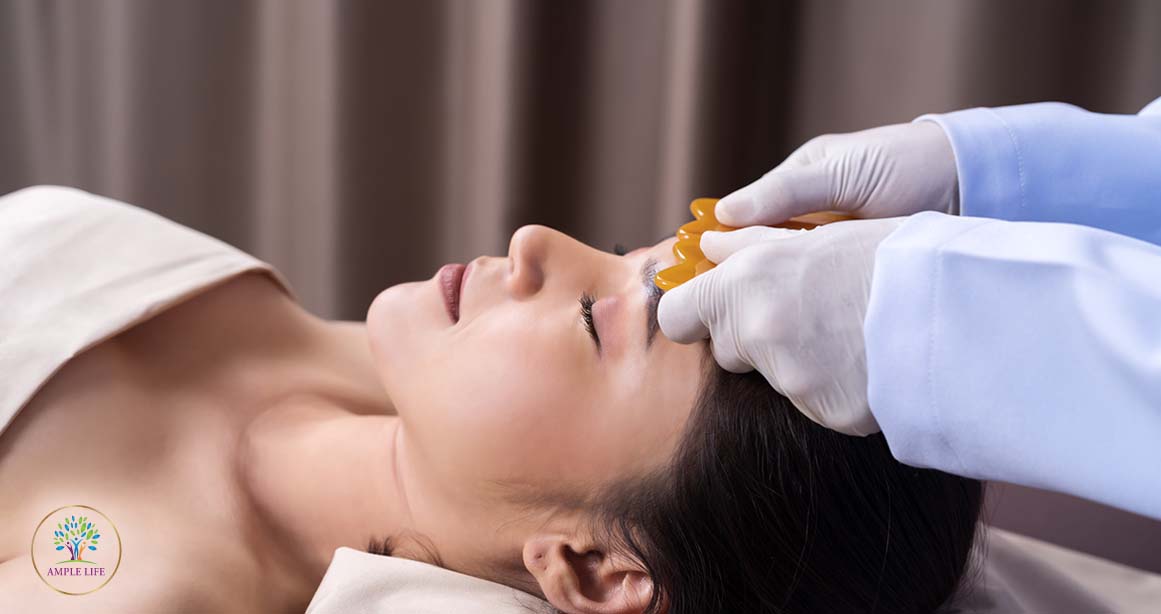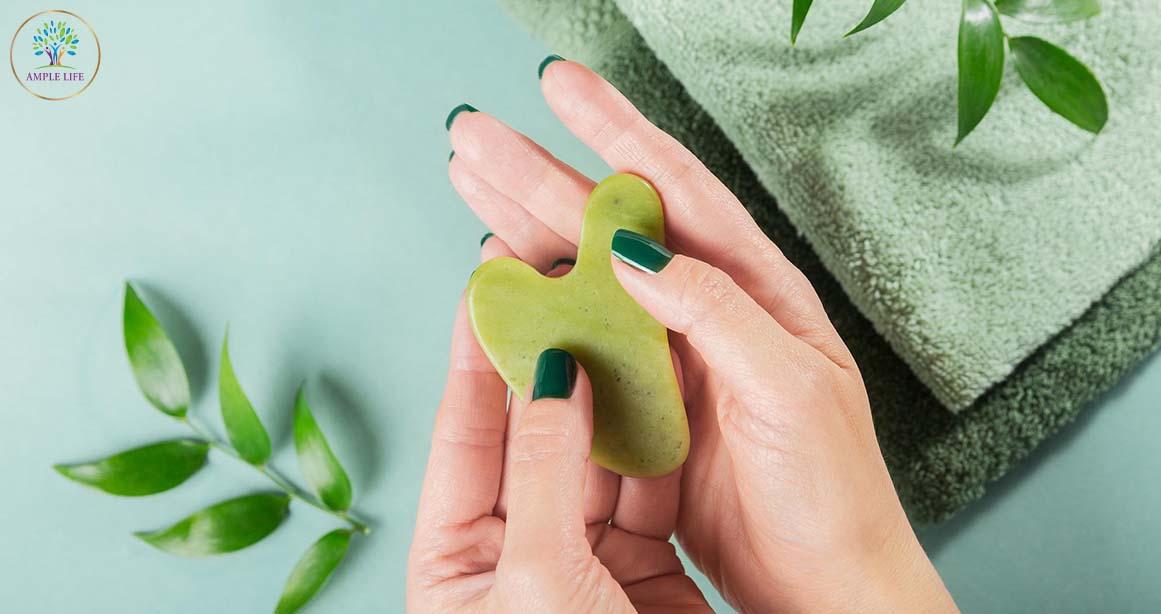5 Common Myths About Gua Sha Debunked

The practice of gua sha has roots that stretch deep into Traditional Chinese Medicine, and it is believed to be able to aid in alleviating headaches and neck pains and support blood circulation.
But you might be surprised to know that this seemingly unassuming tool does much more and can be used on the face to improve your skin’s health, too! Many skincare junkies even swear by gua sha facials as it has benefits such as reducing puffiness, helping with lymphatic drainage and softening wrinkles and fine lines.
But with popularity comes misinformation. In this article, we address some of the most common myths that continue to circulate, offering clarity around what gua sha truly is—and isn’t.
1. Gua Sha Can Reshape Your Face
Some believe that a gua sha can change their facial structure, but what it actually does is support lymphatic drainage, which helps reduce puffiness and enhance blood circulation.
This may explain why some individuals observe a more pronounced jawline after consistent gua sha facial sessions — puffiness is reduced, allowing natural contours to appear more prominent. While gua sha does not alter bone structure or physically change features like the nose or jaw, its ability to reduce fluid retention and support circulation can help enhance natural definition, making it a popular choice for those seeking gua sha face contouring without invasive procedures.
2. The Material of the Gua Sha Tool Matters
Gua sha tools are often made from rose quartz, jade, or stainless steel, and while the aesthetics may differ, the function remains the same. Regardless of material, the primary purpose is to provide a smooth, cooling surface that supports puffiness reduction and enhances the overall gua sha experience. While personal preference might influence your choice, the material itself does not significantly alter the outcome.
3. Gua Sha is Suitable for Everyone
Gua sha is widely used across different skin types, but it may not be appropriate for all skin conditions. If you are experiencing active flare-ups such as acne or sensitivities like rosacea, it’s advisable to check with a professional before proceeding. A brief consultation allows for proper assessment and ensures that the approach used is both safe and tailored to your skin’s current needs.

4. Gua Sha is Always Painful
The entire process of a gua sha session should entail minimal to no pain when done correctly by a professional. Facial oil/cream is typically applied to your skin beforehand to ensure gentle gliding and to avoid unnecessary friction and harsh tugging.
Nevertheless, it is normal to feel some pressure—especially when acupoints on your face are stimulated—but this should never cross into discomfort. If anything feels too intense, it’s always encouraged to communicate with your practitioner to adjust the technique accordingly.
5. Any Tool Can Be Used for Facials
Not all tools are created for gua sha. Proper facial work requires instruments that are shaped to accommodate the unique angles and contours of the face.
For instance, a jade face roller will not render the same effects as a gua sha tool because the right shape is needed to fit the unique crevices of your face for the best results.
Commonly used shapes—such as dolphin, wing-shaped and s-shaped tools—are designed for specific zones like the jawline, cheeks, or brow area. A professional therapist should know which one to use, so all you have to do during the facial is lean back and relax.
Book a Facial in Singapore Today
Ready to give gua sha a try? If you’re curious about incorporating gua sha into your wellness routine, Ample Life™ offers a dedicated Gua Sha Facial experience that supports natural circulation and skin vitality.
Our Oriental Gua Sha 3-in-1 with Basic Women Care combines facial meridian work with gentle, purposeful strokes that help reawaken dull skin. It’s designed not only to reduce puffiness and refresh your appearance, but also to align with our broader philosophy of internal-external balance.
Related

6 Benefits Of Womb Massage That Will Convince You To Give It A Try
Apart from breast massages to improve bust health and size, another wellness massage all women should try is a womb massage. Womb massages have existed for centuries and are an ancient practice in many different cultures. It is an external and non-invasive massage technique that focuses on the lower abdomen and pelvis area to […]

The Importance Of Going For A Deep Cleansing Facial Treatment
Facial treatments in Singapore are a dime a dozen so it is natural to feel overwhelmed by options or not know which to go for. But out of all the choices available, a deep cleansing facial is one of the most common and popular options thanks to its various skin benefits. It is suitable […]

5 Reasons Why Lymphatic Drainage For The Breasts Is Important
Ever heard of breast massages but always wondered why it is needed and what are the benefits? Well, the main purpose of a breast massage is to aid in lymphatic drainage which plays a key part in maintaining the health and appearance of our bust. Before we delve deeper into the benefits of going for […]
